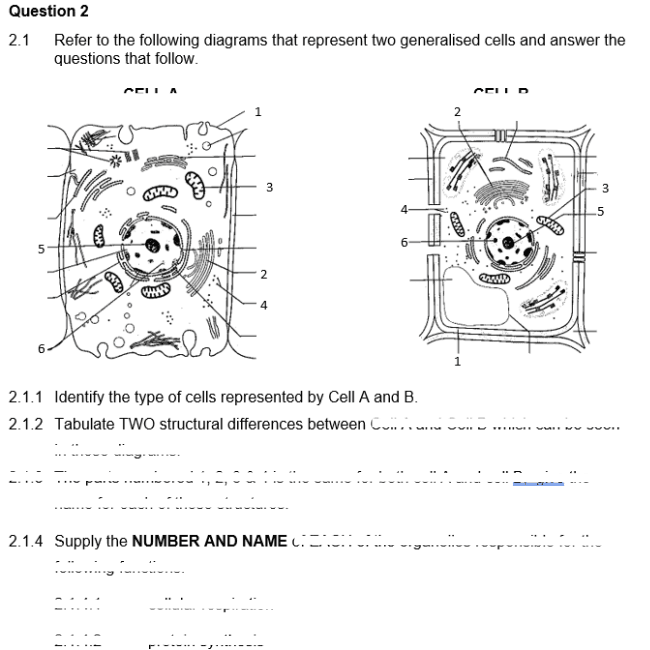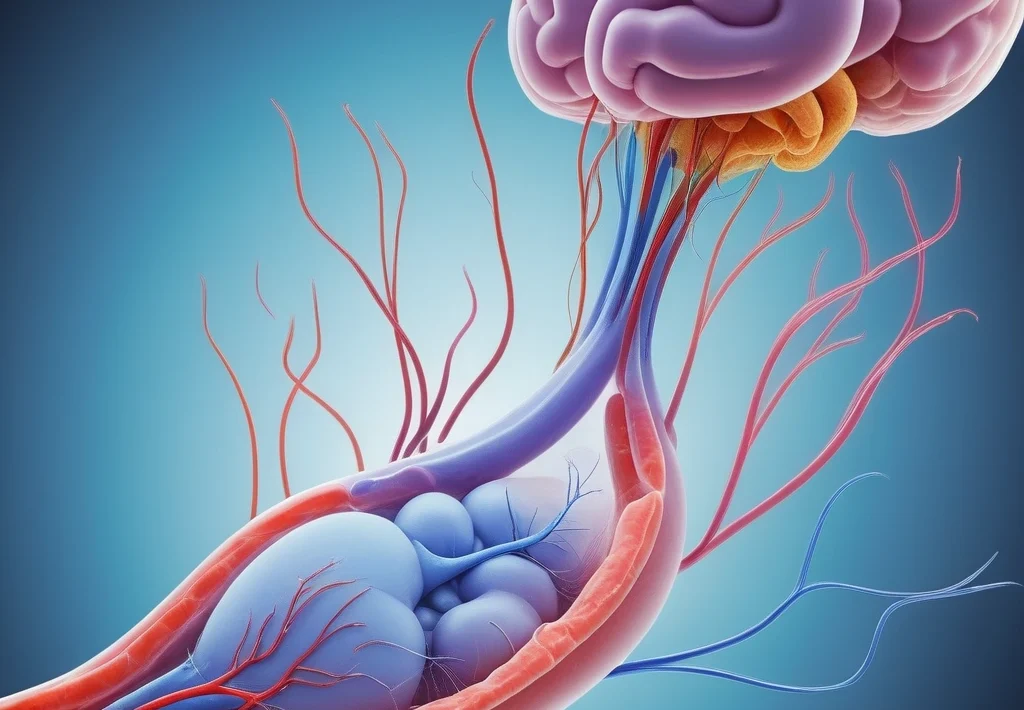
Life Science Grade 10 Questions and Answers PDF Term 1: Facts in South Africa
Chapter 1: Life Processes
1. What is the difference between autotrophs and heterotrophs?
- Autotrophs are organisms that can make their own food from inorganic molecules, while heterotrophs must consume other organisms to obtain energy.
2. Describe the process of photosynthesis.
- Photosynthesis is the process by which plants use sunlight, carbon dioxide, and water to produce glucose and oxygen.
3. What is the role of enzymes in chemical reactions?
- Enzymes are proteins that speed up chemical reactions by lowering the activation energy required for the reaction to occur.
4. Explain the process of cellular respiration.
- Cellular respiration is the process by which cells break down glucose to produce energy in the form of ATP.
5. What is the importance of homeostasis in living organisms?
- Homeostasis is the maintenance of a stable internal environment within an organism, which is essential for survival.
Chapter 2: Cells and Tissues
6. Describe the structure and function of the cell membrane.
- The cell membrane is a phospholipid bilayer that surrounds the cell and regulates the movement of substances into and out of the cell.
7. What are the differences between prokaryotic and eukaryotic cells?
- Prokaryotic cells are simpler and lack a nucleus or membrane-bound organelles, while eukaryotic cells have a nucleus and various membrane-bound organelles.
8. Explain the function of the Golgi apparatus.
- The Golgi apparatus is responsible for modifying, sorting, and packaging proteins and lipids for secretion or storage.
9. What is the role of mitochondria in cells?
- Mitochondria are the “powerhouses” of the cell and produce energy in the form of ATP through cellular respiration.
10. Describe the different types of tissues in the human body.
- There are four main types of tissues in the human body: epithelial, connective, muscle, and nervous tissue.
Chapter 3: Genetics
11. What is the difference between a gene and an allele?
- A gene is a region of DNA that codes for a specific protein, while an allele is one of two or more alternative forms of a gene.
12. Explain the principles of Mendelian inheritance.
- Mendelian inheritance describes the patterns of inheritance of traits from parents to offspring, based on the segregation and independent assortment of alleles.
13. What is the role of chromosomes in heredity?
- Chromosomes are structures in the nucleus that contain the genetic material (DNA) and are passed down from parents to offspring.
14. Describe the process of meiosis.
- Meiosis is a type of cell division that produces gametes (eggs and sperm) and reduces the chromosome number by half.
15. Explain the concept of genetic variation.
- Genetic variation refers to the differences in genetic makeup among individuals within a population, which is essential for evolution.
Chapter 4: Evolution
16. What is the theory of evolution by natural selection?
- The theory of evolution by natural selection states that individuals with traits that make them better adapted to their environment are more likely to survive and reproduce, passing on their advantageous traits to their offspring.
17. Describe the evidence for evolution.
- Evidence for evolution includes fossil records, comparative anatomy, molecular biology, and biogeography.
18. What is the role of genetic drift in evolution?
- Genetic drift is a random change in the frequency of alleles in a population, which can lead to the loss of genetic variation.
19. Explain the concept of speciation.
- Speciation is the process by which new species arise from existing ones, typically through the accumulation of genetic differences and reproductive isolation.
20. Describe the importance of biodiversity.
- Biodiversity refers to the variety of life on Earth and is essential for the functioning of ecosystems and the provision of ecosystem services.
